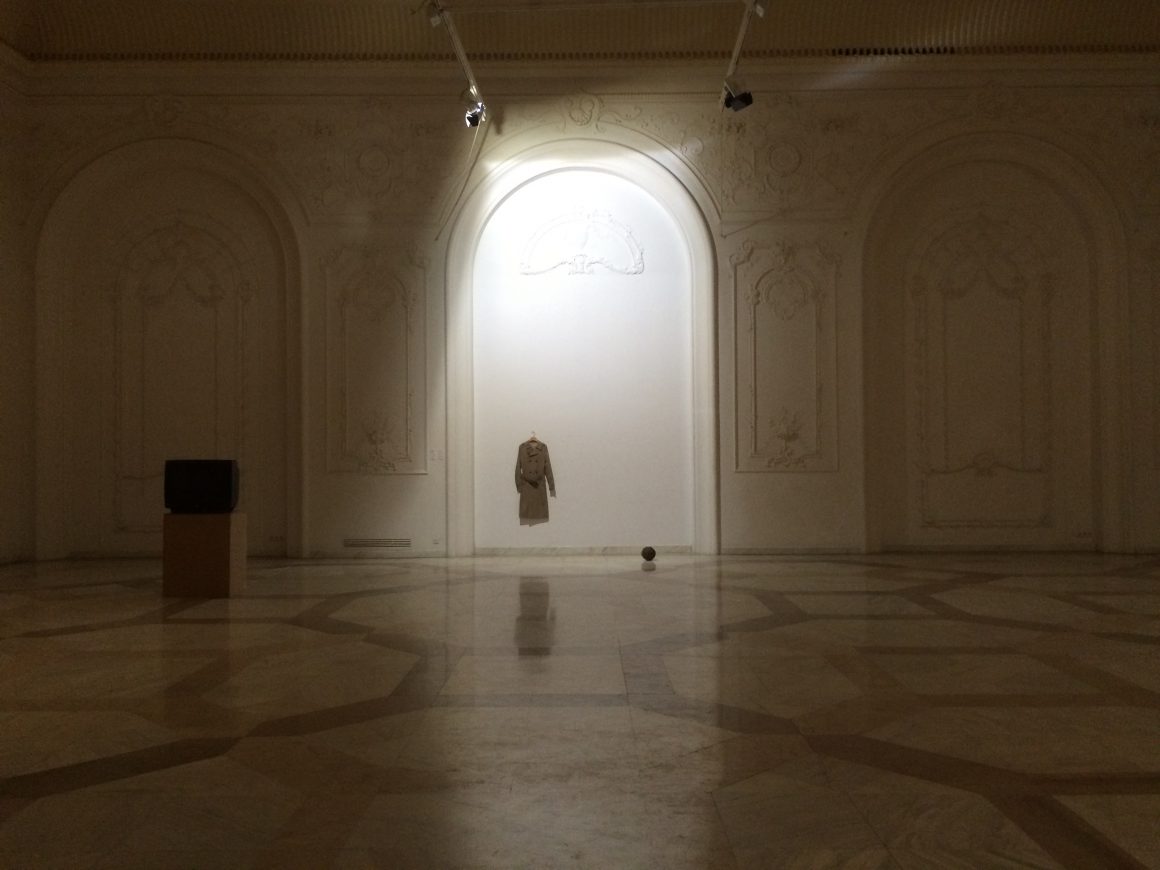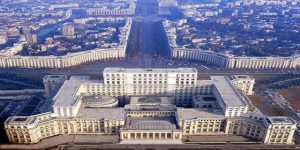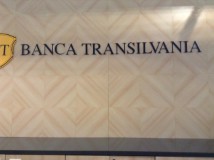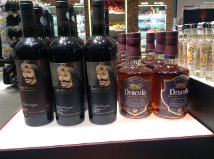Where can you spend the day digging into one of the most sordid episodes of communism -the tragic end of Nicolae Ceaușescu- watching contemporary art embedded in the very jewell of the crown of the dictator -the People´s Palace, today Palace of the Parliament-, and eating in a trendy restaurant before being part of the scene in a Berlin-like dark electronic music dance floor? Bucharest´s the place. Juxtaposition of eras is the word that best describes today´s Bucharest.
The walk to the National Museum of Contemporary Art during the winter is a test to the tourist´s physical endurance, as the visitor has to walk around the perimeter of the huge compound surrounding the Palace (roughly 2 kms, it is said to be the second largest office building in the world, after the Pentagon), today hosting the Senate as well as the Museum. The blizzard cuts through your face as you try not to give up on the determination to achieve the cultural objective set for day. Absolutely no effort has been made to facilitate access to the visitor: no directions, slippery ice, huge pot holes, unfriendly security check…The journey is somewhat made possible by the anticipation of a steaming capuchino at the cosy coffee shop with a terrace and great views at the top of the Museum, as described in the guide. Yet, once you are there you discover that the coffee shop no longer exists and that there is absolutely no chance of obtaining any drinkable or eatable item anywhere near. In this, it would seem communism is still present: grandiosity for the people, for the people not to enjoy. Btw, it is also said that Ceaușescu got the idea to build the Palace in the course of a visit to Kim Il-Sung´s North Korea in 1972.
But the visit is well worth it. The main chamber of the Museum is a huge space in the classical style of the palace, with sky-high ceilings. Impressive in its emptiness because, at first sight, the room seems empty. Nothing hangs from the walls as one would expect in a museum. Well, nothing, not quite… a coat hangs on a wall, probably left there by one Museum worker while attending his duties. The visitor ignores it and looks further around for Art, before concluding that he got there at the wrong moment between two exhibitions. Yet, instinctively, he is attracted to the coat, as it is the only thing around. When he realizes that is the Art, he cannot but admit that whoever did it was simply brilliant. And, of course, then he spots the small notice informing that it is the work of Lithuanian artist Deimantas Narkevicius.
The rest of the day can be spent tracing the last days of Ceaușescu. On Sundays, a handful of people still gather at University Square to remember the events of 1989 and 1990, specially if they lost dear ones at the occasion. Nowadays, the Square also hosts much happier events, like victories of the national soccer team. And in between, to take a break from the still present past, the visitor can rest in one of the many nice restaurants, bars and coffee shops that populate the city centre and show what the city is becoming and what Bucharest is meant to be very soon: a friendly, lively, cosmopolitan, architecturally fascinating, European metropole.
At night, ghosts of the past seem to be replaced by ghosts of the future: young crowd dining at fashionable places in which no reservation means no table. Repetitive electronic music playing in dark dance floors where the high heeled blonde moves rhythmically side by side with the bearded hipster.





